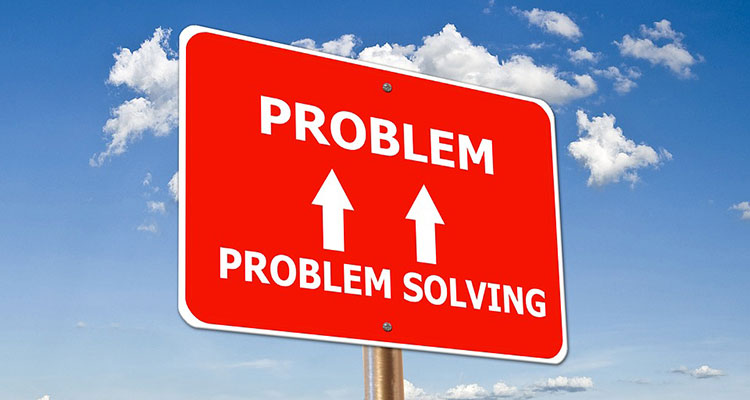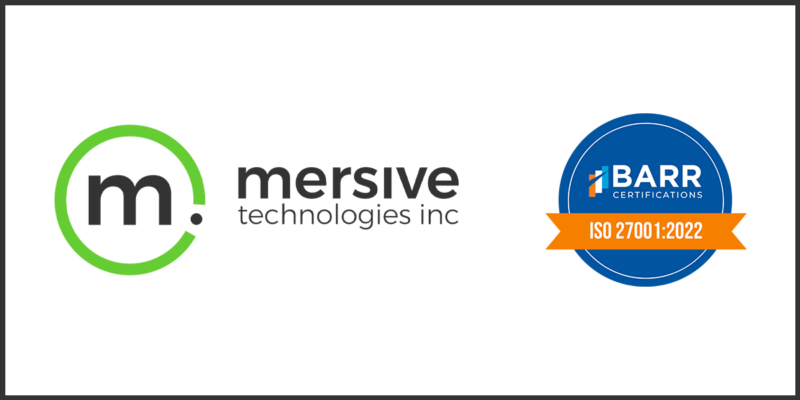What Does Market Disruption Really Look Like?
 You may have noticed it has been a while since my last post. I’ve been busy holding onto my proverbial hat as the collaboration market has gone from rapid growth to full explosion. I’ve been spending my time trying to understand how technology-based collaboration should evolve as our customers envision the future of their workplaces. It’s been a tough task – the market is in a period of hyper-inflation i.e. extremely rapid adoption driven by multiple trends. I was able to see the effects of hyper-inflation for collaboration earlier this week as I visited several customers in the Chicago area (more on that later).
You may have noticed it has been a while since my last post. I’ve been busy holding onto my proverbial hat as the collaboration market has gone from rapid growth to full explosion. I’ve been spending my time trying to understand how technology-based collaboration should evolve as our customers envision the future of their workplaces. It’s been a tough task – the market is in a period of hyper-inflation i.e. extremely rapid adoption driven by multiple trends. I was able to see the effects of hyper-inflation for collaboration earlier this week as I visited several customers in the Chicago area (more on that later).
Hyper-inflation, in a market sense, means that adoption is happening so fast that it’s occurring in parallel with, and sometimes before, the definition and understanding of market requirements; as market needs are more clearly defined by users who adopt, it drives more adoption. This virtuous cycle of acceleration occurred with the cellphone and other technologies that, perhaps not coincidentally, also support human-to-human interaction.
So why does this matter? I often hear people talk about disruptive technology without defining the term properly. Hyper-inflation occurs when the need for a technology/software becomes so great that adoption begins to outpace the evolution of the product category itself. To me, this type of disruption has some important implications:
Because the market hasn’t defined the product completely, many approaches to the same problem emerge. In the case of wireless collaboration, for example, this means hardware solutions that look a lot like video switchers exist in parallel with software that approaches the problem from a design perspective. Very different embodiments of the same category of product emerge, and as the product is adopted, users must be careful to pick a sustainable path. I know you wanted to watch movies on demand in your home in the 80’s, but that doesn’t mean you should have bought a Betamax player!
Market boundaries become blurred. Normally products and technologies find a home in a well-defined market that, based on requirements and use-cases, are fairly distinguishable from other markets. Technology disruption can blur or even rewrite these boundaries. Users are quickly exploring products that may not have even been intended for the use-case they need. Products from consumer markets such as Apple TV end up colliding with enterprise products, the Solstice Pod for example. This isn’t necessarily a bad thing, it’s simply an unnumbered rewriting of needs for a new product that will live hand-in-hand with the disruptive technology to meet users’ needs in new ways. In our case, we’re finding that the consumerization of the user-interface and lessons learned from social networking apps are valuable tools for reworking corporate meeting culture.
Normal adoption patterns don’t necessarily apply. During hyper-inflation, the normal rules about early-adopters and laggards may not apply. The religion around “crossing the chasm” may not be as relevant. Users who may be generally risk-averse and slow to adopt change may, in fact, find themselves deploying a product category that is still rapidly evolving. This happens either because of the technology inversion that I’ve blogged about before, or the need is so great that adoption becomes a mandate – meetings must be better than this!
All of these effects were obvious in a set of meetings I had in Chicago this week. I started the morning in the outskirts of Chicago with a traditional, old-line manufacturing company that focuses on home access products (door locks, garage door openers, etc.). I wouldn’t normally stereotype this variety of company as an early adopter, but to their credit, they are deploying over 100 rooms of Solstice and were fully engaged in the idea that meeting culture is being transformed by universal access and wireless sharing of media to their displays.
Later that same day, I spent time in downtown Chicago with a professional, forward-thinking business consultancy, and they have just started thinking about the changes in the collaboration space. While they’re staffed with some of the top talent in the world, they didn’t catch the initial disruption in the meeting room and are now questioning their Apple TV deployment in their enterprise environment. Nothing against this customer – they are clearly successful and our meeting was great – disruption just works in ways that can catch even the most progressive businesses in the world unawares.
Because we’ve acknowledged the hyper-inflationary period here at Mersive (which I borrowed from some recent theories in cosmology), the best thing we can do is stay completely engaged with our customers as they finalize their own vision for a more collaborative, accessible and productive meeting culture. I get a sense that if we can continue to develop at the pace of their needs – we’ll be able to build something pretty amazing together in the future.





